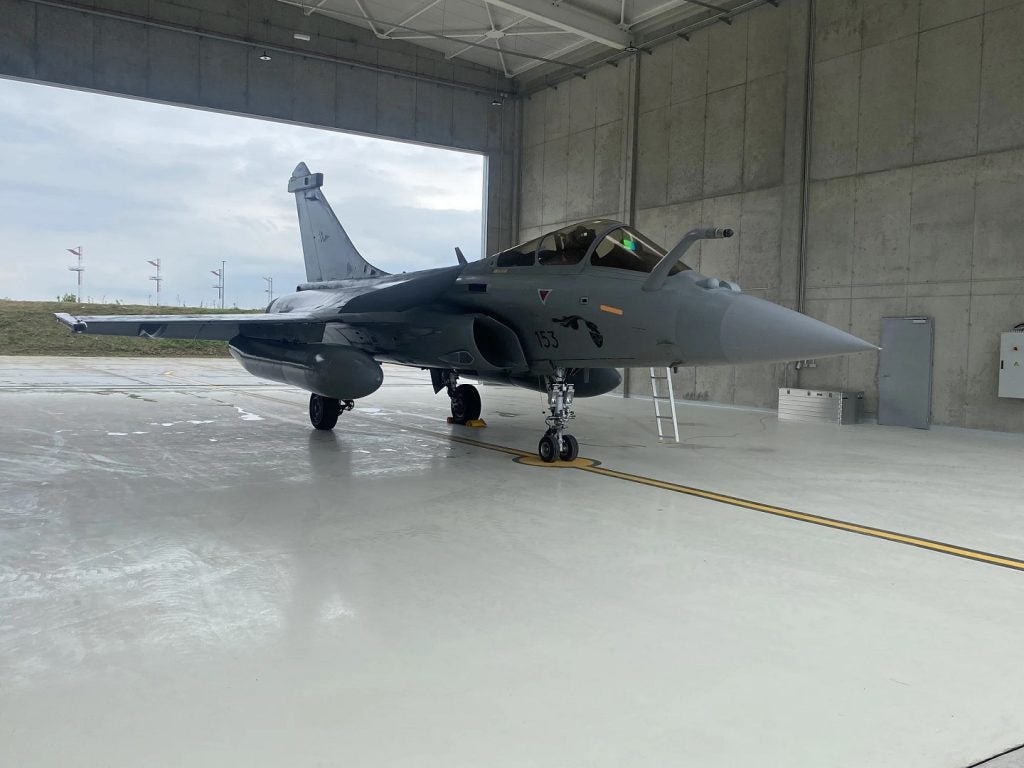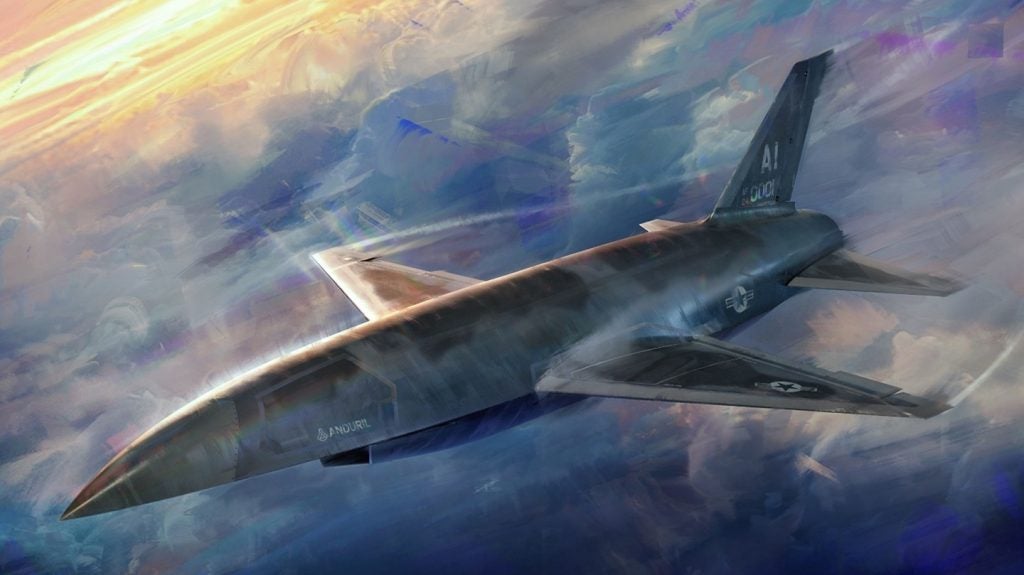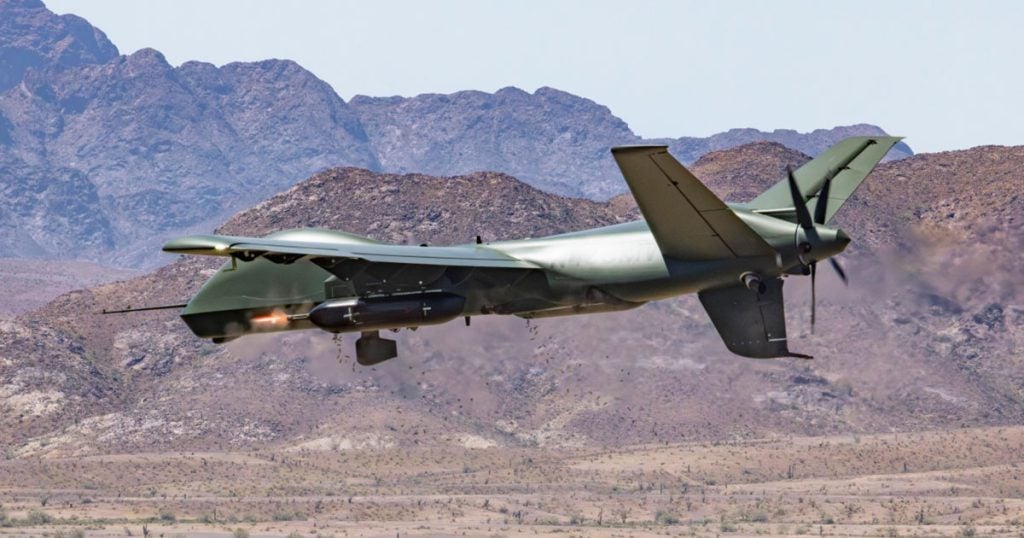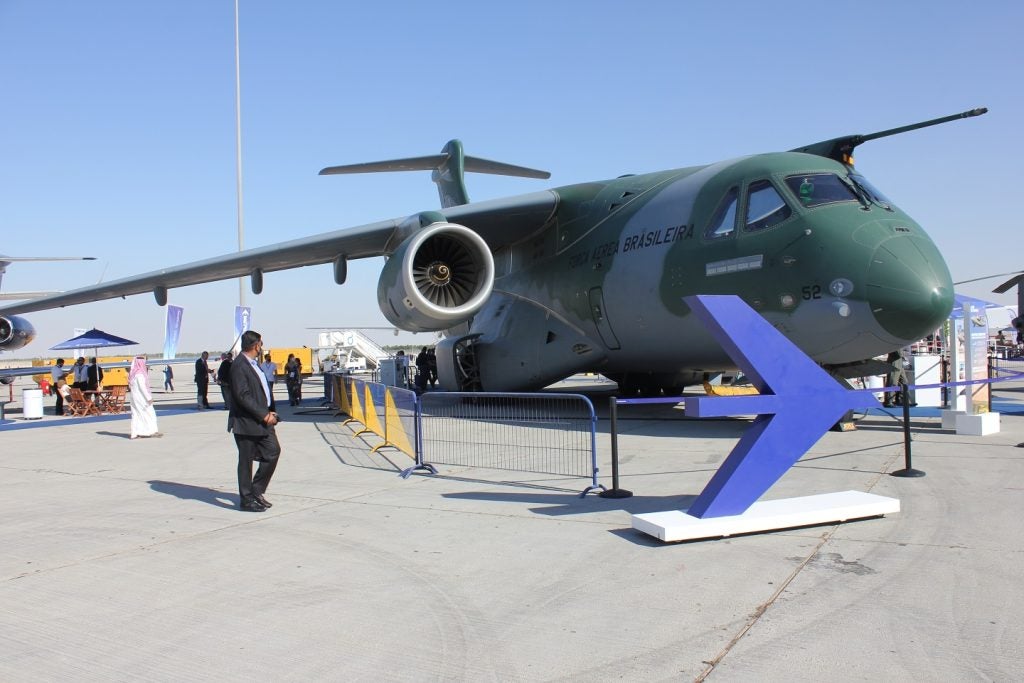The US Air Force (USAF) has demonstrated in-flight communication between F-35 and F-22 stealth jets during a flight test.
The initiative, named Project Hydra, utilised an Open Systems Gateway (OSG) payload on board the U-2 spyplane to connect the fighter jets.
Conducted jointly by USAF, the Missile Defense Agency and Lockheed Martin Skunk Works, the flight test involved five F-35s and an F-22 aircraft.
The F-35’s Multifunction Advanced Data Link (MADL) and the F-22’s Intra-Flight Data Link (IFDL) are incompatible, which prevents them from sharing data with each other.
The U-2 was used to establish the connection via native IFDL and MADL enabling all airborne aircraft to exchange data between them as well as with nodes on the ground.
The capability is expected to add flexibility to aerial missions involving these two types of jets, accelerating the decision-making process while facing advanced threats.
How well do you really know your competitors?
Access the most comprehensive Company Profiles on the market, powered by GlobalData. Save hours of research. Gain competitive edge.

Thank you!
Your download email will arrive shortly
Not ready to buy yet? Download a free sample
We are confident about the unique quality of our Company Profiles. However, we want you to make the most beneficial decision for your business, so we offer a free sample that you can download by submitting the below form
By GlobalDataLockheed Martin Skunk Works vice-president and general manager Jeff Babione said: “Project Hydra marks the first time that bi-directional communications were established between fifth-generation aircraft in-flight while also sharing operational and sensor data down to ground operators for real-time capability.
“This next-level connectivity reduces the data-to-decision timeline from minutes to seconds, which is critical in fighting today’s adversaries and advanced threats.”
Additionally, this was the first time that F-35 transmitted sensor data to an operational ground system over a Tactical Targeting Network Terminal (TTNT) link using an airborne gateway.
The data was then sent to the US Army Integrated Battle Command System (IBCS) Airborne Sensor Adaptation Kit (A-Kit), from where it was transmitted to the IBCS Tactical System Integration Laboratory (TSIL) at Fort Bliss, Texas.
Subsequently, it was used to conduct a simulated army fires exercise.







